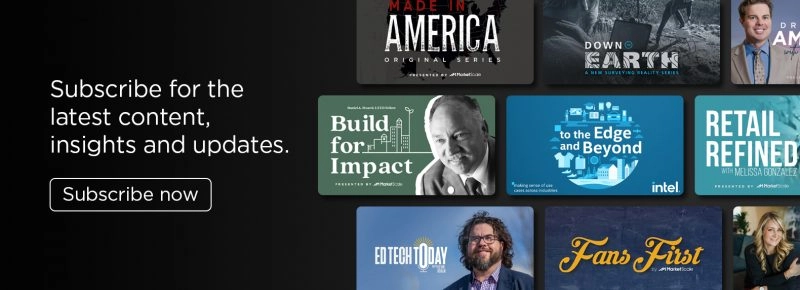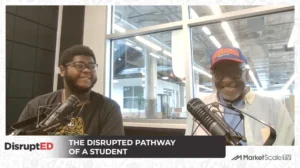What School District Leaders See as Next Steps
After one of the most challenging years in the history of the U.S. education system, district leaders from across the country are cautiously optimistic about the future. This finding comes from a new report from Cambium Learning Group, which reveals results from a survey of more than 100 PreK-12 district leaders across the country. In partnership with research firm Hanover Research, the results show that although there were significant challenges, 75 percent of district leaders believe the COVID-19 pandemic has put them in a better position to solve problems than ever before, signaling that the acceleration of digital tools and need to confront equity issues head-on has made the industry more adaptable.
After mandated lockdowns caused school closures across the country in early 2020, education leaders were forced to accelerate the adoption of digital tools to keep learning going while students and teachers couldn’t physically be in the classroom. The report, “Education in 2021 + Beyond: How District Leaders Envision the New Normal” details how educators handled the pandemic, the challenges and opportunities presented by education technology and what their attitudes are about the future of education coming out of the pandemic.
“Education leaders stepped up in 2020 to make the transition to remote and hybrid learning as seamless as possible,” said John Campbell, CEO of Cambium Learning Group. “Although there were significant challenges — and more lie ahead — it’s clear that the response to the pandemic showed the world what is possible when it comes to education technology.”
District leaders from across the country were surveyed about their process of adopting new education technology, their response to the COVID-19 pandemic, and their feelings about equity issues and the future of education. Key findings include:
- Beyond absenteeism, the main concern for district leaders throughout the pandemic is figuring out how to best use technology solutions (46 percent). Managing various technology tools was a challenge for 33% of district leaders. This is understandable, as pivoting from in-person learning to virtual learning requires an entirely new way of teaching—no matter how effective and easy-to-use the technology is.
- When it comes to technology, issues of equity are at the forefront. District leaders cited student (49 percent) and teacher (38 percent) access to edtech as the biggest challenges of a remote learning environment.
- District leaders were mostly pleased with their handling of the COVID-19 pandemic. Nearly two-thirds (61 percent) gave themselves a “B.”
- Learning loss will be a huge obstacle coming out of the pandemic, with 52 percent of district leaders stating it will take six months to a year to recover.
- Despite the challenges, educators believe there is hope ahead— 75 percent believe that as a result of the pandemic, educators are in a better position to solve problems than ever before.
“The key finding that the majority of educators are hopeful about the road ahead was gratifying to see,” said James Wilcox, Senior Director at Hanover Research. “Based on experience working with hundreds of school districts across the nation, we know that they have had one of the most challenging years of their career. But the survey result underscores the resilience and forward-looking vision of educators across the nation.”
Additional findings from the survey are available in Cambium’s report, which can be downloaded here.
This report was commissioned by Cambium Learning Group and fielded by independent research firm Hanover Research in January 2021. The responses were generated from a survey of 103 people ages 18+ who live in the United States, working in the education field with job titles that qualified as district leaders or superintendent.
Follow us on social media for the latest updates in B2B!
Twitter – @MarketScale
Facebook – facebook.com/marketscale
LinkedIn – linkedin.com/company/marketscale









